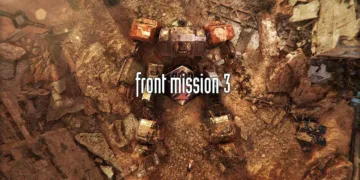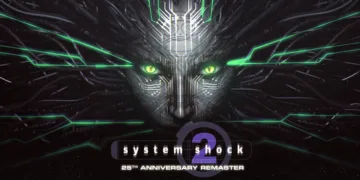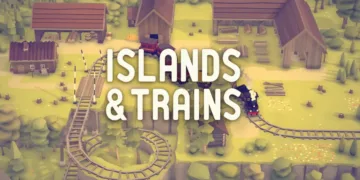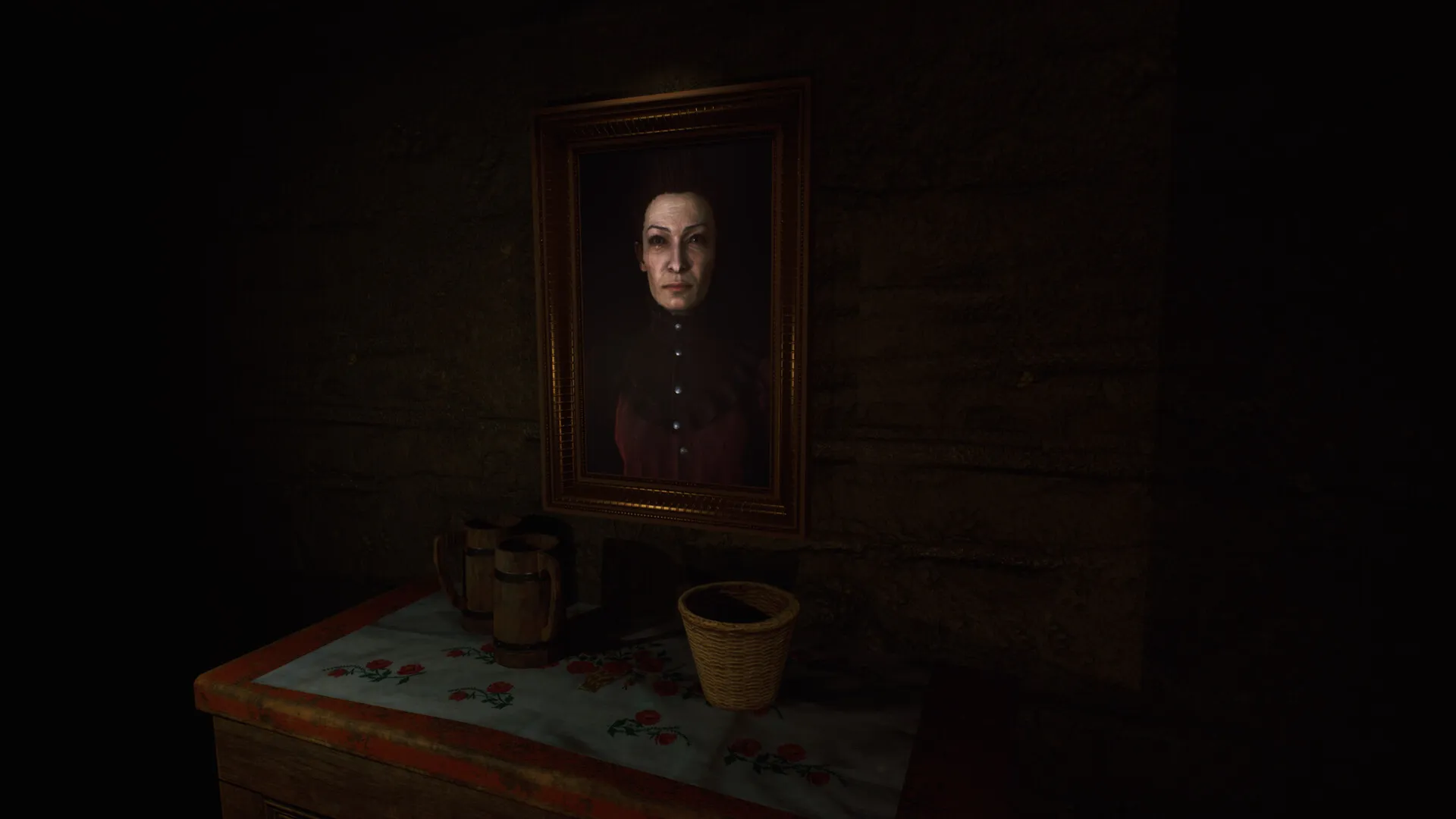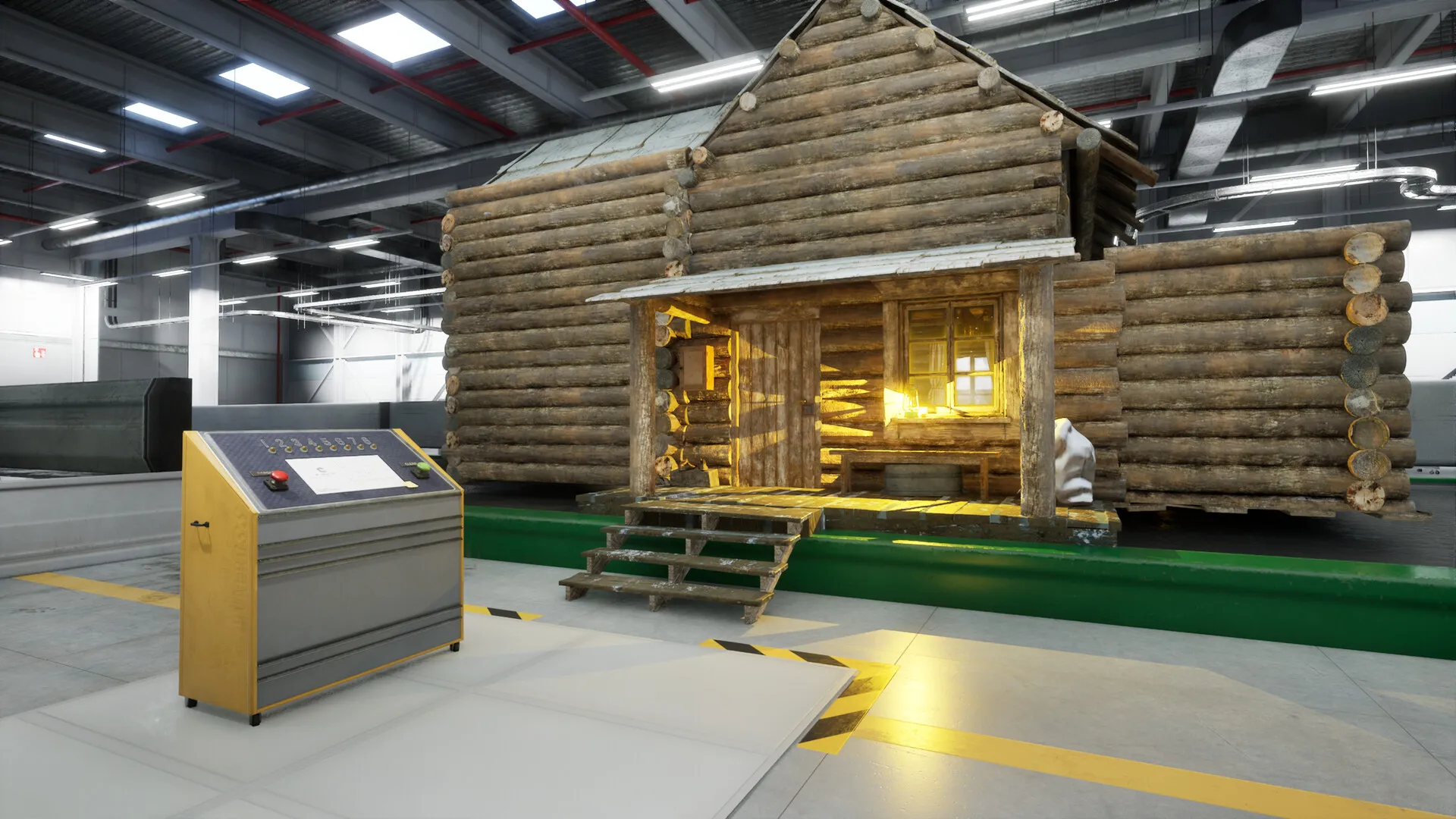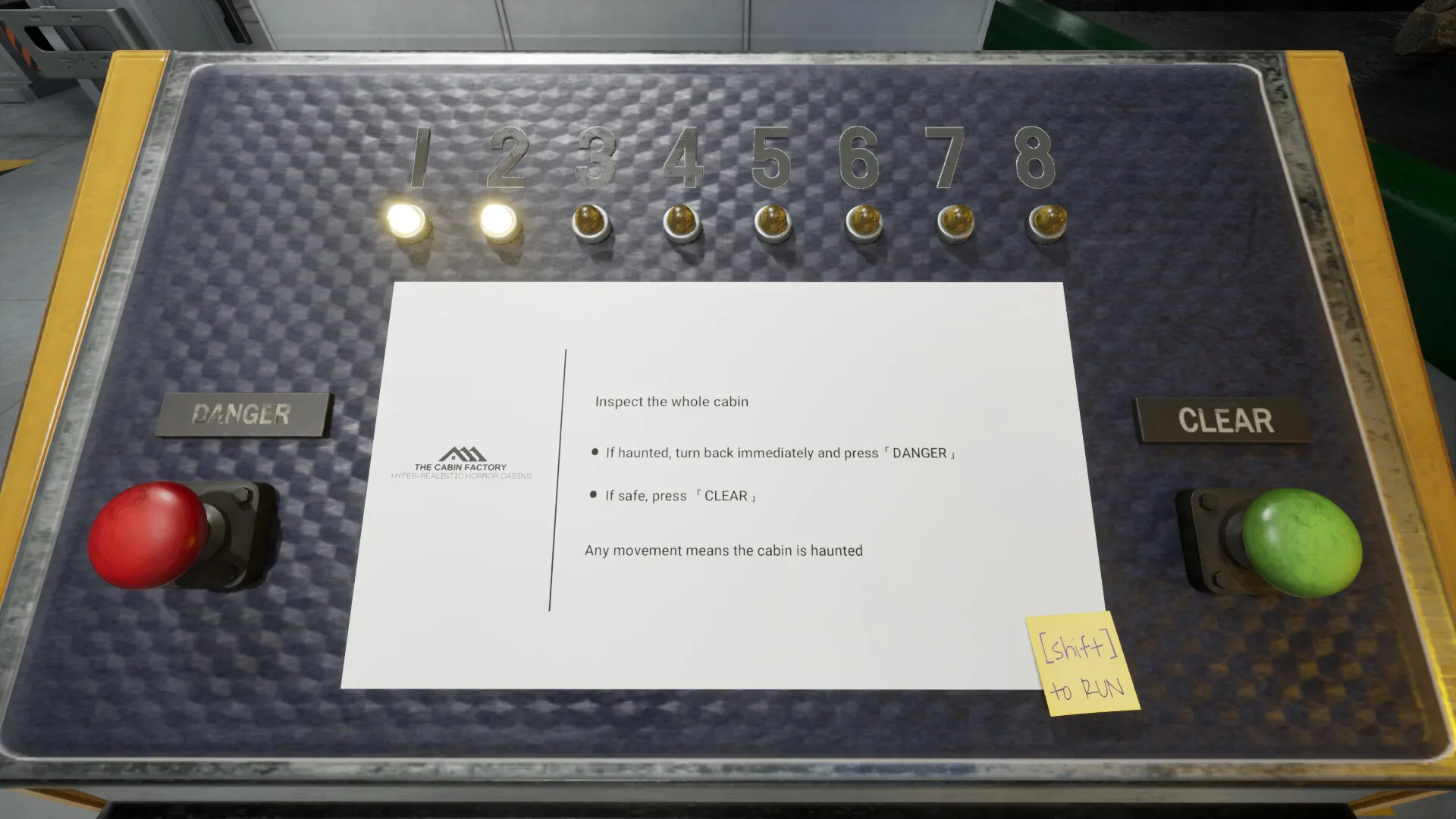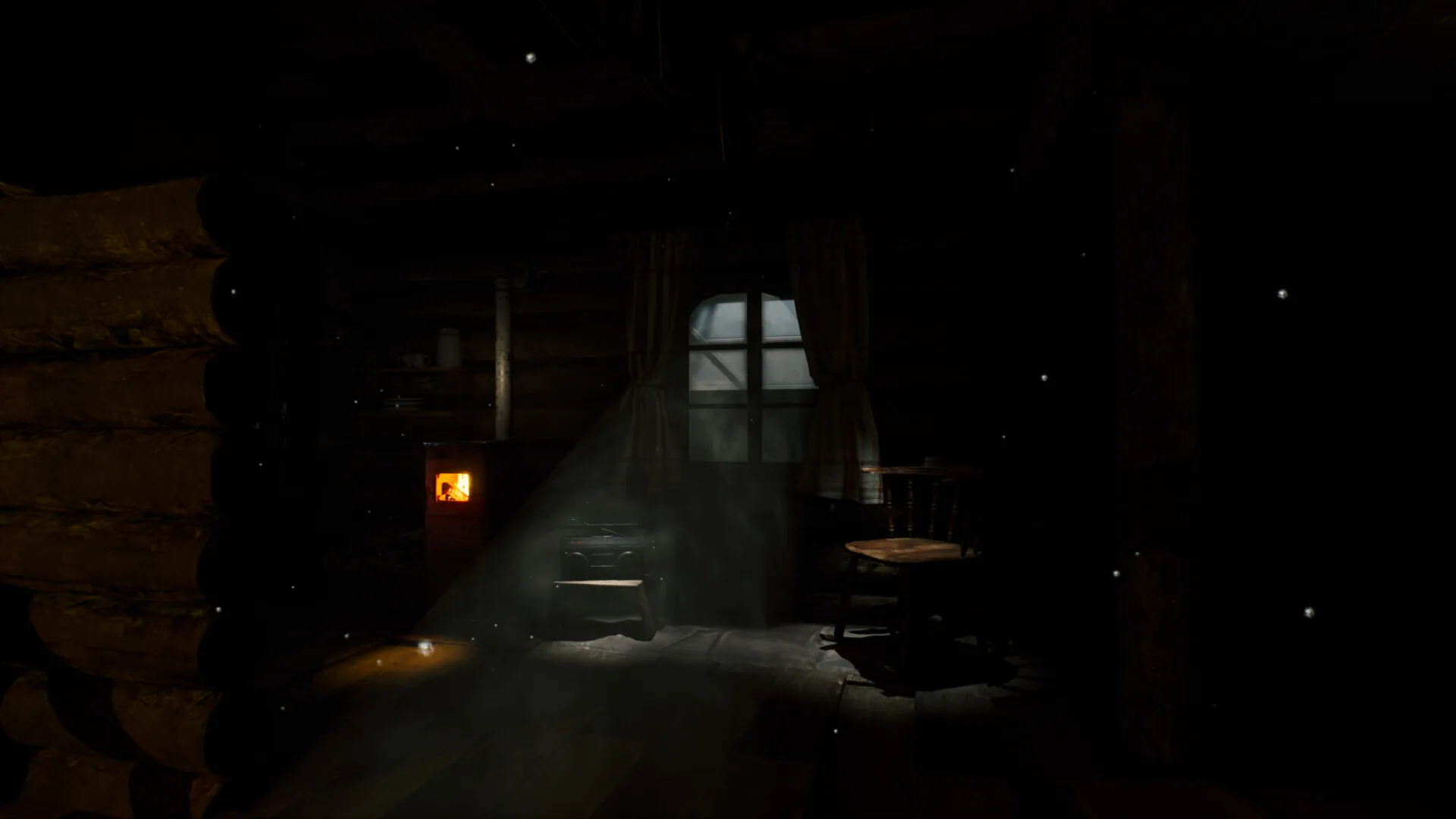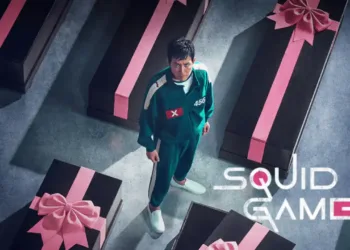Players in The Cabin Factory take on the role of a cabin inspector whose job is to check if a series of horror-themed cabins hide strange anomalies. You enter each cabin, look around, and decide whether or not it is haunted. The idea is simple but engaging.
The Cabin Factory adds a special twist that deepens the gameplay experience. This role is reminiscent of the protagonist in The Exit 8, where players must also navigate unsettling environments while finding anomalies.
Pressing “Danger” if you see any movement or “Clear” if you find everything in order is the only option available during the checking process. This mechanic adds a thrilling excitement level because players must be very alert for small changes. To finish a shift, you must correctly guess the state of eight cabins in a row.
This requirement raises the stakes and forces players to deal with increasingly unsettling situations. The pressure to make the right assessments gives the game a sense of urgency, making every choice feel important.
Unraveling the Haunting Tale: A Deep Dive into Narrative Depth
The Cabin Factory uses a clever way of telling a story through its surroundings. Instead of direct narration, the story is told through the small details inside each cabin. A mannequin family frozen in time, a dimly lit room full of unsettling props, and the unsettling presence of a child’s body hidden behind a cloth are just some scenes players will encounter as they enter these eerily designed spaces.
Each of these details points to a more tragic story about how the cabins came to be, suggesting that the decorations, which at first glance seem harmless, are filled with sadness and loss. This choice in design is similar to how games like Silent Hill 2 add depth to the story by making the setting into a character that adds to the player’s experience.
In addition, the family’s tragic past is important throughout the game. Each cabin shows a different aspect of their story, encouraging players to figure out what happened. Players actively participate in deciphering the haunting experiences as they discover these stories; they are not just passive witnesses. With this open-ended method, players can make up a lot of different stories.
Based on their experiences and the details they notice, different players may develop different meanings. One player might focus on the eerie stillness of the family relations, suggesting an unresolved trauma. At the same time, another might pay close attention to the unsettling details of the props and think about their role in the family’s fate. Such a wide range of readings encourages a stronger bond with the game, giving each session a fresh look at grief, fear, and the unknown.
Visuals that Haunt: Crafting an Immersive Horror Experience
The visual style of The Cabin Factory is eye-catching and contributes to the horror atmosphere. Each cabin is carefully made, with old furniture and unsettling decorations that make you feel dread and nostalgia. The overall look is reminiscent of old horror movies, where known places are made to look scary.
Players enter dark, inviting, but unsettling spaces, with details like creepy portraits and lifelike mannequins adding to the atmosphere. People have said that sometimes there are technical problems with the graphics, like frame rate drops or small glitches, even though the graphics are usually good. Considering the game’s small budget, the realistic experience is still pretty good.
The audio design plays a crucial role in amplifying the tension during gameplay. Ambient sounds like wood creaking, words in the distance, and the soft rustling of fabric make for an unsettling background that keeps players on edge.
Although many modern horror games focus on jump scares, The Cabin Factory takes a more subtle approach, letting the setting build suspense. This works especially well in quiet times when the silence is almost tangible and makes you want to know even more about what will happen next.
Lighting is another important part of the game that affects the play experience. As players move from the well-lit factory floor to the dark cabins, the change is sudden and on purpose, drawing them into a world where danger is just out of sight. Shadows move along the walls, and players must be careful where they step because they can’t see very well.
This makes them feel even more vulnerable. As players must constantly be on the lookout for even the tiniest movement in a setting meant to hide as much as it reveals, this clever use of light and shadow heightens the horror and fits well with the game mechanics.
Short Yet Impactful: Evaluating the Game’s Lasting Appeal
It only takes about an hour and a half to finish the main goals in The Cabin Factory, which is a short game experience. Because the game is built around a series of eight cabin inspections that players must go through in order, each one is pretty short. Enter the cabin, evaluate for anomalies, and make a decision.
This streamlined method can lead to a quick conclusion, akin to other short horror experiences like Gone Home or Amnesia: A Machine for Pigs, where the focus is on telling a tight story rather than a long game.
But the game’s short length makes me wonder if I will want to play it again. While the first time through is an exciting experience, there is worry about the repetitiveness that could develop in later plays. Players may find that after finishing all eight cabins, the same things keep happening, which can take away from the sense of finding and suspense.
Despite this, The Cabin Factory has several different situations and anomalies that can change with each visit, which keeps players guessing. Adding random modes or unlockable features can revitalize the experience by enabling players to encounter new ghosts or storylines that weren’t there during their first playthrough.
This aspect of replayability is crucial for keeping player engagement, particularly in a genre where atmosphere and tension are important. The Cabin Factory creates a feeling of curiosity and excitement akin to Until Dawn, where choices and outcomes can change drastically based on player actions, encouraging players to return to the game with the potential for new experiences. So, even though the game is short, its design elements and potential for various horror experiences draw players back, making it a worthwhile endeavor for horror fans.
Navigating Tension: The Balance of Challenge and Gameplay Fairness
The challenge of finding anomalies in The Cabin Factory is both a defining characteristic and a source of frustration for players. Awareness of your surroundings and observing things are important for this game, as even the smallest movement can mean danger. This mechanic is reminiscent of other horror titles, such as Outlast, where players must navigate scary environments while looking for danger.
However, The Cabin Factory’s difficulty can feel uneven at times. While some anomalies, like a mannequin’s head turning, are immediately noticeable, others, like a subtle shift in an item, are easy to miss. This disparity can lead to player frustration, particularly when the stakes are high, and one mistake erases all progress.
Players are forced to look at every part of the cabin, heightening the stress and making for an engaging and nerve-wracking mechanic experience. These feelings of pressure can become annoying when players think the game is punishing them for small mistakes.
When a cabin is marked as cursed even though no one seems to be moving, it can feel especially unfair, like players are following the rules but still failing. This imbalance is similar to complaints about other horror titles, like Amnesia: The Dark Descent, where players may encounter unanticipated deaths that feel random rather than justified.
To make the game more fair, The Cabin Factory could use better signs of anomalies or a more forgiving system that lets people make mistakes without punishment. Gradually increasing the difficulty level could also help players get used to the game’s mechanics, making the experience more fair. By improving these aspects, the game could maintain its tension while ensuring the challenge stays fun rather than frustrating.
Innovative Mechanics: Redefining Horror through Unique Gameplay
The unique cabin inspection mechanic in The Cabin Factory sets it apart from other games in the horror genre. Players take on the role of a cabin inspector, determining whether each environment is haunted. It is different from other horror games because it has a unique premise.
Most horror games focus on direct combat with enemies or survival features. Instead, players must participate in a more intellectual experience, akin to puzzle-solving, as they carefully look for anomalies hidden within the cabins. The Cabin Factory gives this mechanic, reminiscent of titles like The Witness, a strong sense of dread and urgency.
This trick has a huge effect on the experience as a whole. The game improves the horror atmosphere by removing the focus from normal action-oriented gameplay, drawing players into a tense world. As the players look into the poorly lit cabins, they fear what they might find.
They know that danger could be hiding just out of sight. The Cabin Factory forces players to face their fears passively, amplifying the psychological fear, in contrast to more direct horror games like Resident Evil or Dead Space, where players are armed and ready to fight.
The unique premise does a good job of scaring players and creating an unsettling atmosphere. Still, it can also lead to frustration when players feel the mechanics are too hard or the anomalies are too hard to understand.
Balancing the innovative elements and fair mechanic play will be crucial to ensure that the experience stays engaging and enjoyable. The game’s premise, while innovative, needs to be carefully carried out to maintain its intended effect on the player’s emotional journey through fear and suspense.
Concluding Reflections: A Synthesis of Strengths and Weaknesses
The Cabin Factory is a great introduction to the horror genre. It has a unique mix of environmental stories and inventive game mechanics. The structure for cabin inspection encourages players to pay close attention to their surroundings, creating a suspenseful atmosphere reminiscent of Silent Hill classics.
The careful planning that went into each cabin adds to the story by subtly showing the sad part of the family that lived there. Finding anomalies can sometimes feel unfair, which can upset players trying to immerse themselves in the game.
The game’s strengths include its visual and audio design, which does a great job of building a creepy atmosphere. The background sounds and good lighting adds to the tension, making each cabin feel alive with dread. The idea of checking out haunted cabins differs from the more combat-focused mechanics in titles like Resident Evil and Outlast, making The Cabin Factory a more contemplative cabin experience.
However, the game’s short length may make it less appealing to people who want to play for a long time. The variety of scenarios increases the potential for replayability, but some players might get bored after the initial rush wears off due to the repetitiveness.
Fans of psychological horror and story-driven experiences who value atmosphere over action should check out The Cabin Factory. It is the perfect choice for those seeking a short, unsettling experience that makes them think deeply about their actions. Based on my points, I would give the game a good 7.5 out of 10. It finds its niche well, but the game mechanics could work.
The Review
The Cabin Factory
The innovative cabin inspection mechanics and rich environmental storytelling in The Cabin Factory do a good job of immersing players in a creepy atmosphere. The uneven difficulty and repetitiveness for players may annoy some players, even though its visual and auditory design heightens the potential horror experience. Overall, it's an interesting and short trip into psychological horror that fans will enjoy.
PROS
- Unique cabin inspection mechanic enhances engagement.
- Strong atmospheric design with effective audio and visual elements.
- Compelling narrative tied to environmental storytelling.
CONS
- Uneven difficulty can lead to frustration.
- Short playtime may limit overall enjoyment.
- Potential for repetitiveness in scenarios.

































